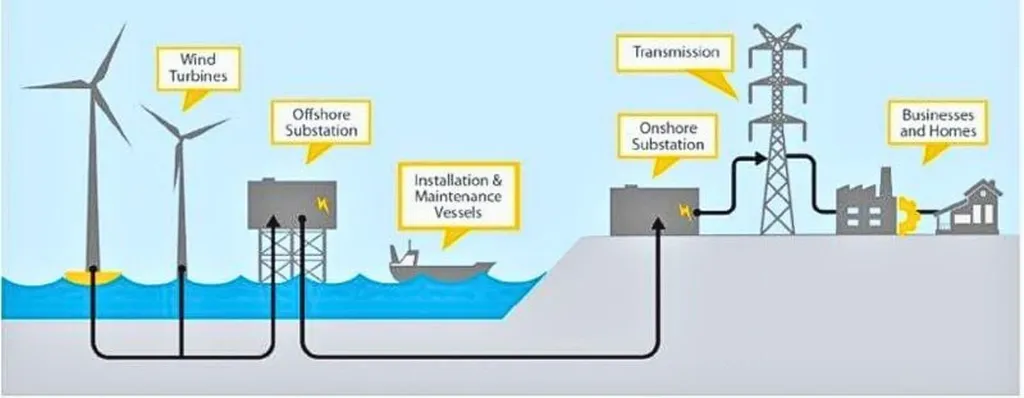In the quest for sustainable and reliable energy solutions, researchers are turning to innovative approaches to harness the power of nature, particularly in isolated environments. A recent study published in the journal “Control and Intelligent Technology” (Kongzhi Yu Xinxi Jishu) offers a promising strategy for optimizing the capacity allocation of micro-grids on isolated islands, integrating wind power, tidal energy, and battery storage systems.
The research, led by PANG Jiameng, focuses on the unique challenges faced by isolated island micro-grids, where land resources are scarce, and energy solutions must be both clean and independent. “Isolated islands present a special scenario where traditional energy solutions are often impractical,” PANG explains. “Our goal was to develop a model that maximizes the use of renewable resources available on the island, ensuring economic viability, reliability, and efficient energy utilization.”
The study establishes a multi-objective optimization model aimed at minimizing the power supply missing rate, unit energy cost, and energy discard rate. By leveraging a multi-objective particle swarm optimization algorithm, the researchers were able to generate different capacity allocation schemes that balance these critical factors. “Through numerical simulations, we were able to verify the effectiveness and feasibility of our proposed multi-objective capacity allocation method,” PANG notes.
The implications of this research are significant for the energy sector, particularly in the development of sustainable micro-grids for isolated communities. By optimizing the integration of wind power, tidal current energy, and battery storage systems, the study provides a blueprint for creating clean, reliable, and cost-effective energy solutions. This approach could be particularly valuable in remote areas where traditional energy infrastructure is limited or non-existent.
The commercial impacts of this research are substantial. As the world moves towards renewable energy sources, the ability to optimize the capacity allocation of micro-grids will be crucial for ensuring energy security and sustainability. The findings could pave the way for similar projects in other isolated or remote regions, enhancing energy resilience and reducing dependence on fossil fuels.
PANG’s research not only highlights the potential of renewable energy sources but also underscores the importance of advanced optimization techniques in energy management. As the energy sector continues to evolve, such innovations will be key to meeting the growing demand for clean and reliable energy solutions.
In the broader context, this study contributes to the ongoing efforts to transition towards a more sustainable energy future. By demonstrating the feasibility of integrating multiple renewable energy sources in a micro-grid setting, the research offers a compelling case for the adoption of similar strategies in other parts of the world. As the energy sector continues to innovate, the insights gained from this study will undoubtedly shape future developments in the field.

